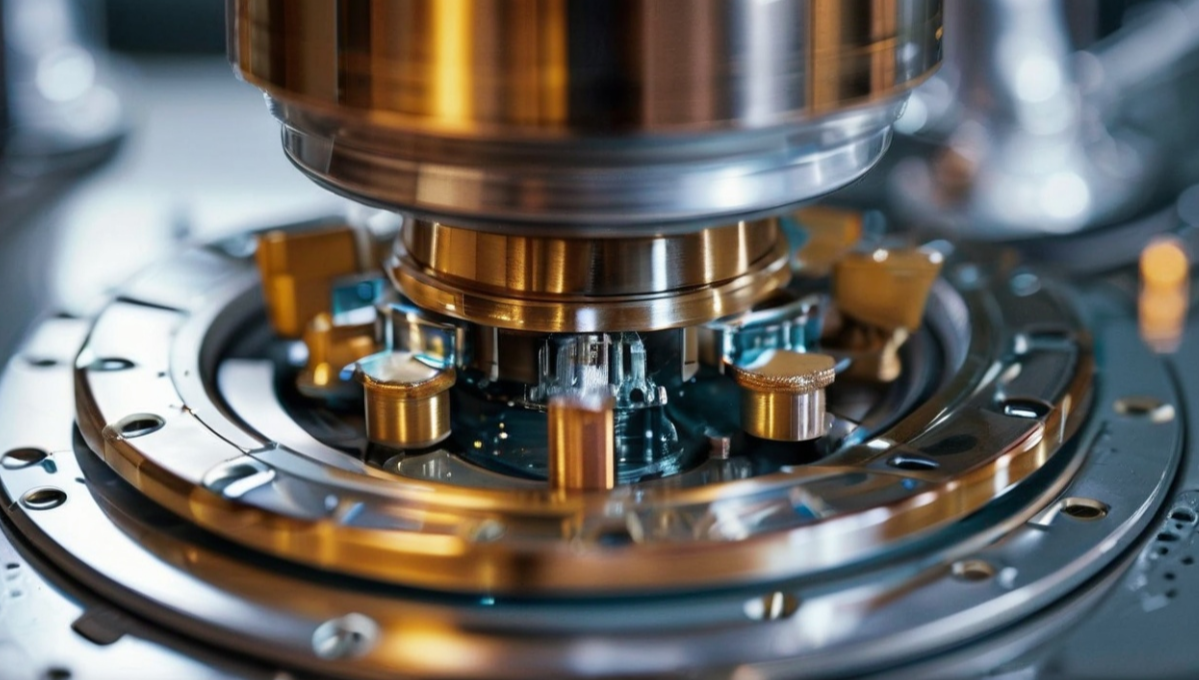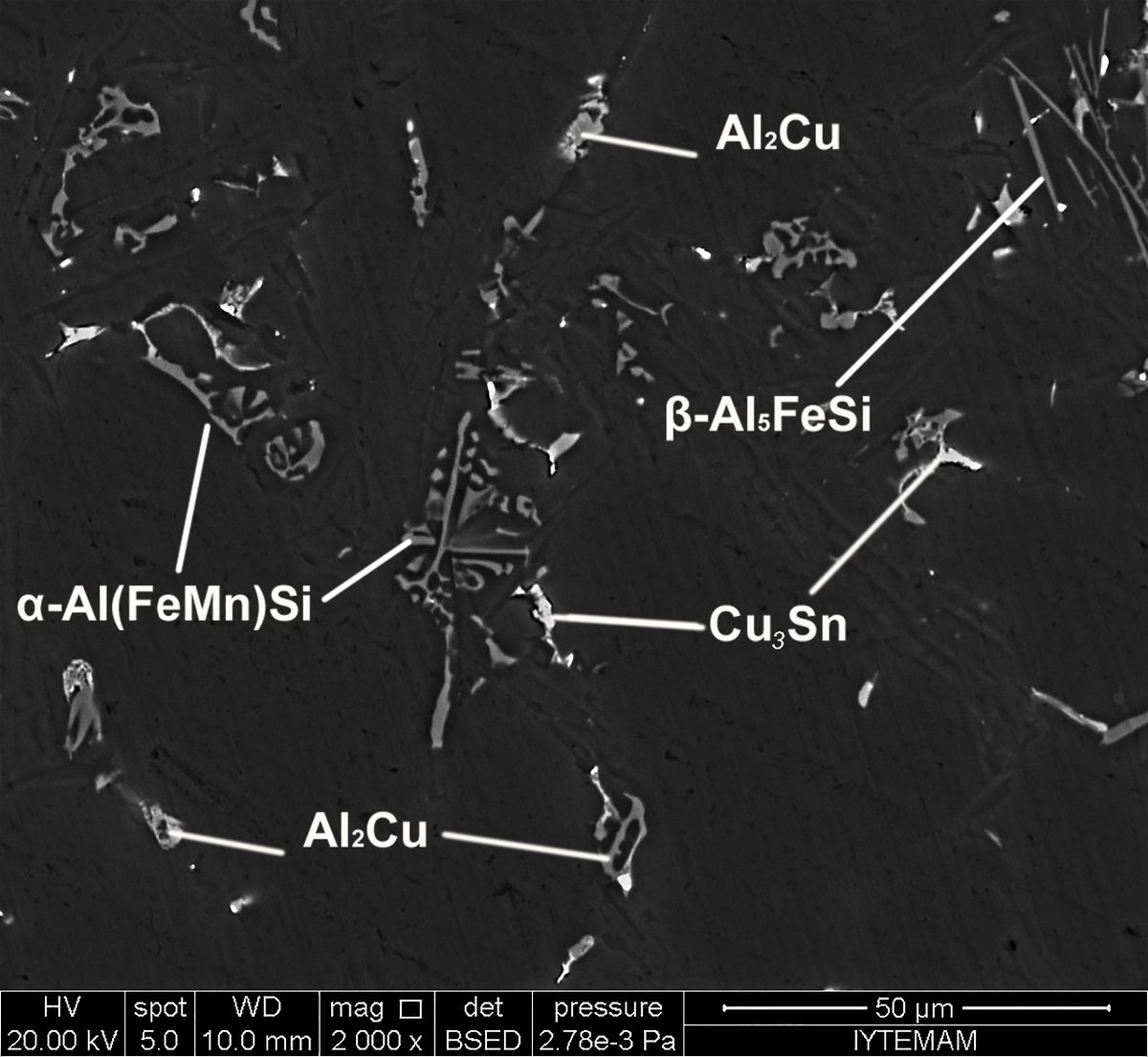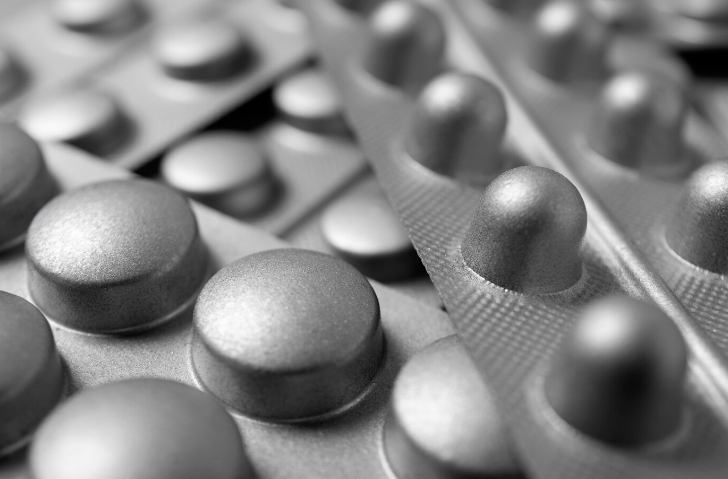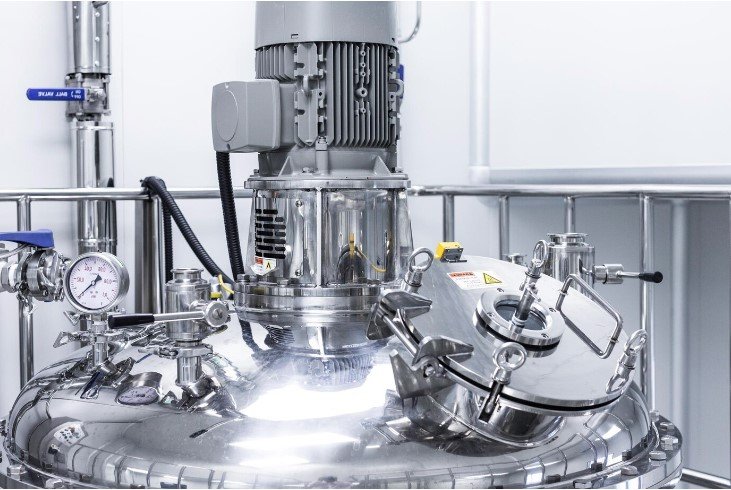Repeatable & Reproducible Electroless Plating
Electroless Ni-P and Ni-B process management had improved significantly within the last two decades. In this paper I’ll write about the science of autocatalytic plating as practiced now and the criterions for advancement at a higher level.
The purpose is to offer reader’s deeper information to achieve consistent deposit physical characteristics and the functional properties of electroless nickel plating.
We will go over the functions of a reducing agent, stabilizer (or catalytic inhibitor), and complexing agent related to thermodynamic property of an electrolyte and mixed potential theory.
Temperature (energy), electrolyte flow (current density), solution volume, and the concentrations balance determine the effectiveness of the deposition mechanism and consistency of the deposit in the long term. Gibbs free energy and its relationship with volume, temperature, and energy influence the required concentrations and ratios of a reducing agent, stabilizer, and the complexing agent. An understanding of Gibbs ∆G value with the stability, instability and absolute stability of the electrolyte is imperative. Per mixed potential theory, the deposition reaction is a combination of cathodic and anodic partial reactions taking place at separate electrodes. Redox potentials of sodium hypophosphite, dimethyl amine borane (DMAB), and sodium borohydride play a significant role in a reduction step and the concentrations of stabilizers and complexing agents.
To confirm sustained deposit characteristics, electrolysis mechanism and control or management of by products release are important. Geometrical properties such as
- tank and pump design,
- electrolyte volume, flow rate and pattern,
- process control of temperature, pH, metal ion concentration, reducing agent, stabilizer, and complexing agent
will ensure stability.
When Gibbs free energy and partial electrode reactions (anodic and cathodic) are within the optimum range plating rate, deposit composition (Ni and P or B weight percentages), and formation of uniform eutectic compounds of Ni-P or Ni-B will be effective and consistent.
Corrosion and tribology properties depend on the consistency of the deposit composition and phase formation. Out of range ∆G value can lead to unstable or absolute stability of the electrolyte. This will lead to either electrolyte decomposition or very low plating rate. The concentrations of a reducing agent, stabilizer, and the complexing agent determine the stability of the electrolyte. Plating rate depends on electrolyte temperature and pH.
Summary:
Other than simple control and changes done to temperature and chemical constituents, due diligence on the following variables considering the aforementioned concepts will advance the attained deposit characteristics:
- Optimize tank design, flow pattern and temperature stratification
- Aim for consistent deposit composition
- Observe deposit phase formation and aim for consistency if it is economically viable.
One can improve the bath life and the effectiveness of any deposit by giving more attention to the fundamental concepts and conscientiousness on the input variables.
Though the examples cited in this paper are for electroless Ni, the recommendations apply to all electroless processes including Cu, Ag, Pd, Au, etc.
Readers – You are welcome to post questions, comments or thoughts.
You may like also
Pulse Aluminum Anodizing for Energy Efficiency | Advint Incorporated

Posted By:Venkat Raja
Aug 01, 2019
Tags:






